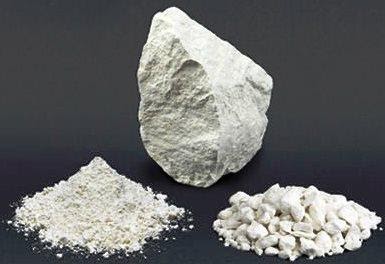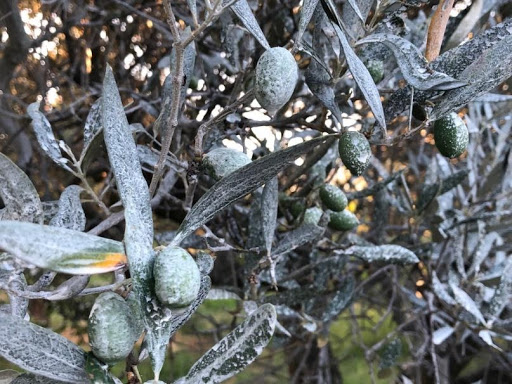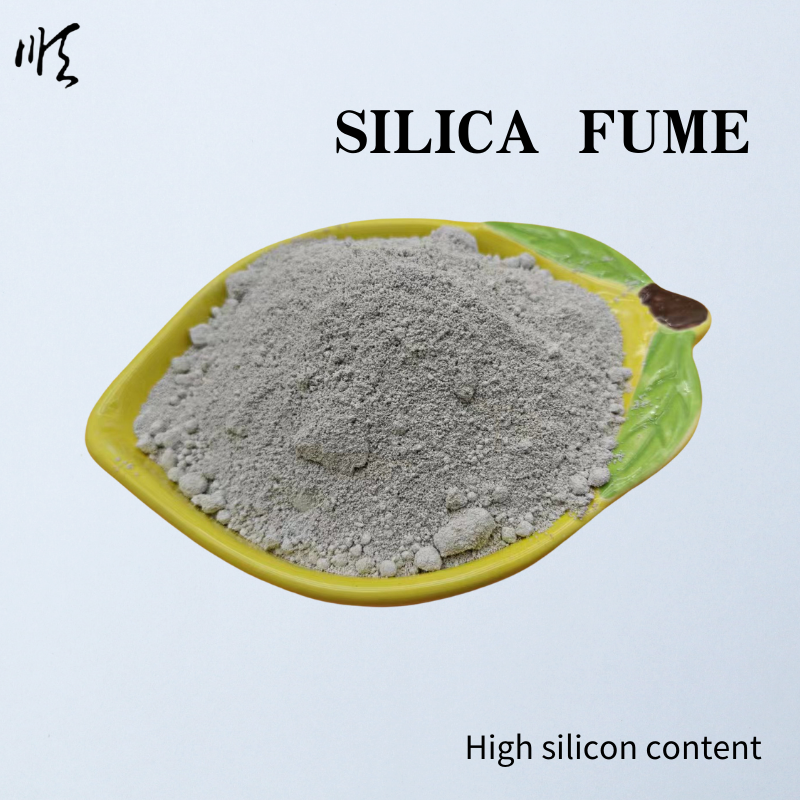
bentonite-Kaolin in agriculture
There are many products used in agriculture against pathogens, but few have as many functionalities as kaolin (still little used). Recently it has begun to be used for the protection of horticultural crops, particularly in olive groves.
Kaolin is a clastic or detrital rock formed mainly by kaolinite, a silicate mineral from clays. It has an earthy and smooth consistency.

Kaolin has had important use in various sectors before agriculture. It was discovered in 1700 and was used in the basic recipe for porcelain. Over the centuries it has been used for other purposes and in combination with other products, used in construction, in the paper industry, it has been used as a dye, as an aggregate for porcelain, ceramics and others.
Kaolin in agriculture
Kaolin is applied in the field using sprayers that allow it to be distributed correctly and it is through this process that it adheres effectively to the vegetative organs of the plant.
Kaolin has numerous advantages:
– Protective action against solar radiation with an infrared reflective action, reducing foliar burns
– Increases photosynthetic capacity by reducing temperatures
– Reduces water loss due to leaf transpiration
– Reduces the attack of various pathogens such as the olive, fruit and nut fly, the green vine mosquito, the pear psyllid and many others.
It is also widely used in olive cultivation against the olive fly. The film created by kaolin inhibits the proliferation of the fly's symbiotic bacteria and reduces the attraction effect of compounds such as enzymes and phenols produced by olives.

Furthermore, a 2015 Greek study showed that kaolin-treated olive groves had lower free acidity content, thus improving the acid content of the oil (Maletsika et al. 2015).
In other studies, it has been observed that kaolin directly influences the reduction of transpiration with greater water accumulation and the reduction of stress in periods of drought. Furthermore, an effect of reducing oxidative stress has been identified that directly leads to less energy used for the production of antioxidants (Brito et al. 2018).
Kaolin is normally applied in the form of an aqueous suspension. Doses range between 0.2 kg and 5 kg per 100 L. A higher dose is normally recommended in the first intervention, reducing the doses over time. The table shows an example of the recommended doses (agrimag.it).
Kaolin is easily washed away, so if it rains near the treatments it will be better not to carry out them or they will have to be repeated after the rains.
A functional combination is with mild potash soap. On the other hand, it is difficult to handle in combination with copper, which has been shown to reduce the effectiveness of kaolin. In addition, copper has a phytotoxic effect; in some cases, it can also cause phylloptosis (leaf fall) with a reduction in the vegetation available for the action of kaolin.
Kaolin has no deficiency period, is not toxic to humans or the environment and its use is permitted in organic farming.
For more information, contact Elaisian directly at: info@elaisian.com
Share
-
Premium Pigment Supplier Custom Solutions & Bulk OrdersNewsMay.30,2025
-
Top China Slag Fly Ash Manufacturer OEM Factory SolutionsNewsMay.30,2025
-
Natural Lava Rock & Pumice for Landscaping Durable Volcanic SolutionsNewsMay.30,2025
-
Custom Micro Silica Fume Powder Manufacturers High-Purity SolutionsNewsMay.29,2025
-
Custom Mica Powder Pigment Manufacturers Vibrant Colors & Bulk OrdersNewsMay.29,2025
-
Custom Micro Silica Fume Powder Manufacturers Premium QualityNewsMay.29,2025







